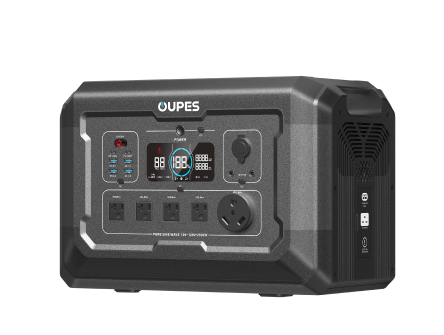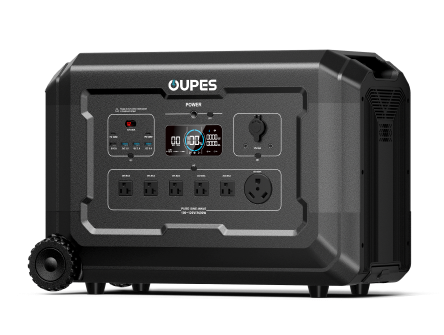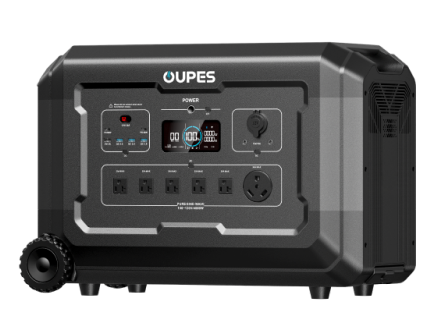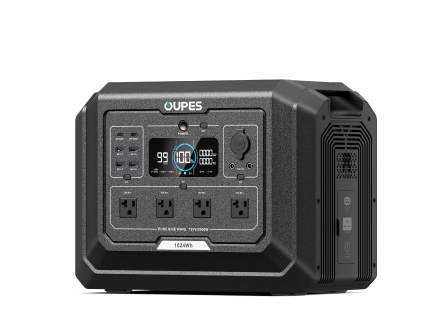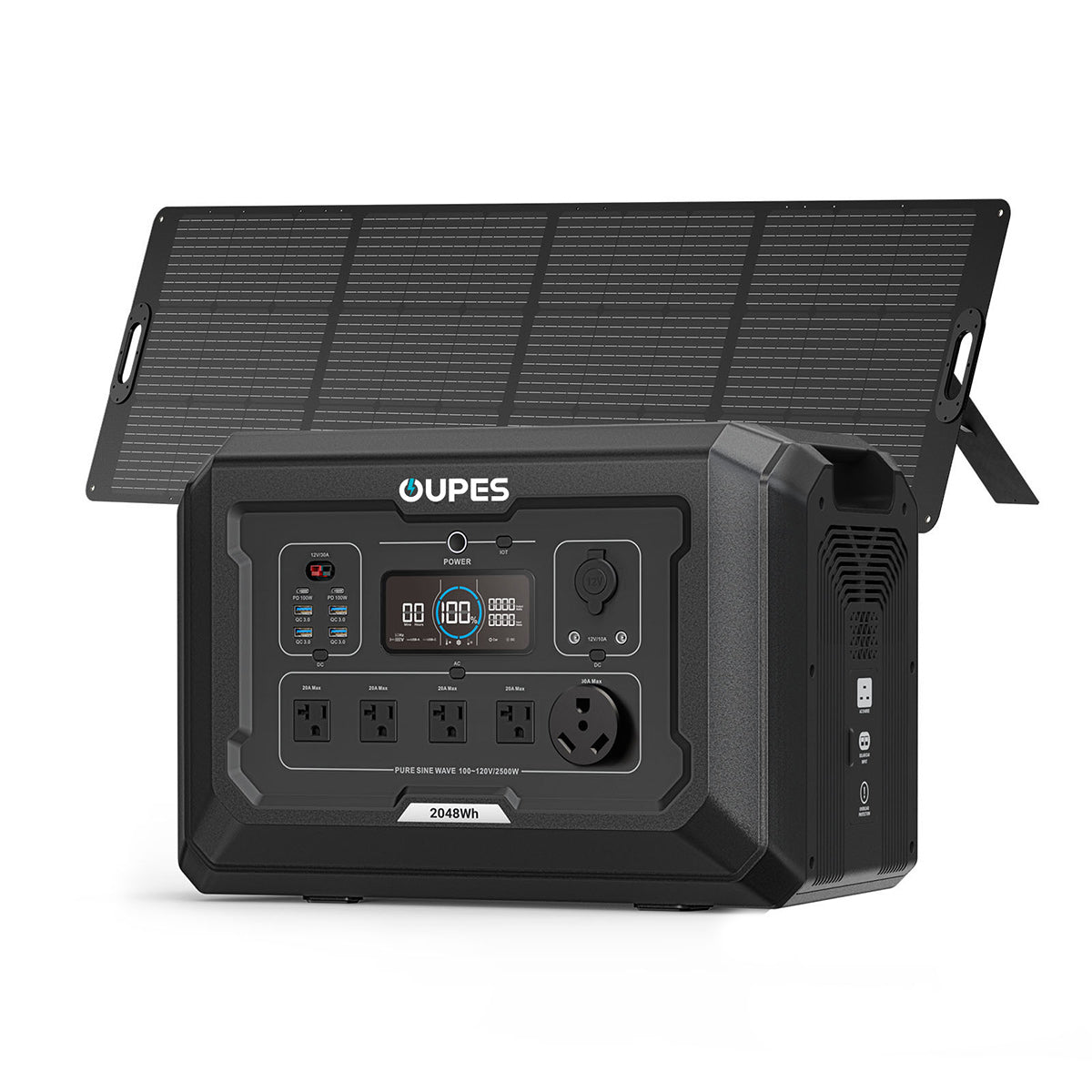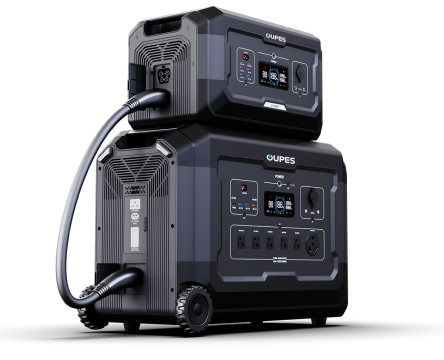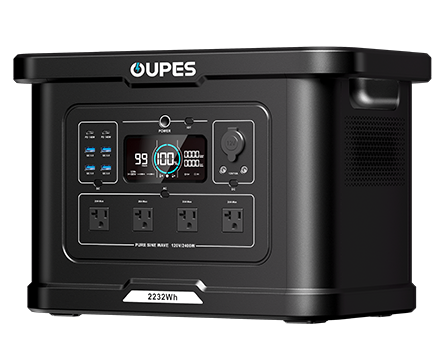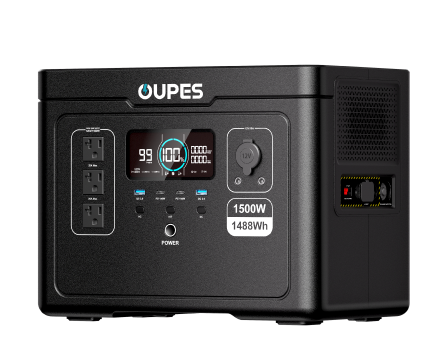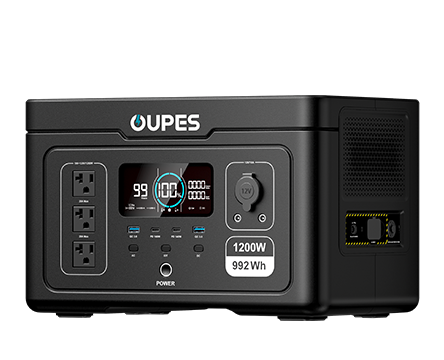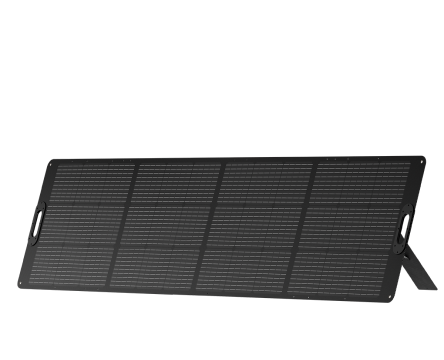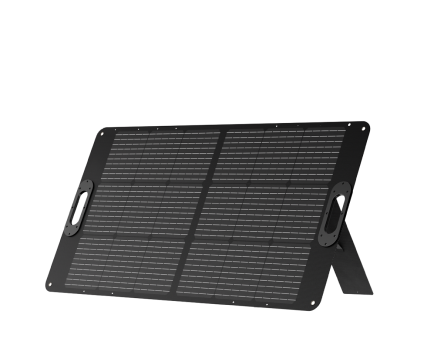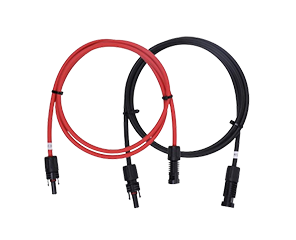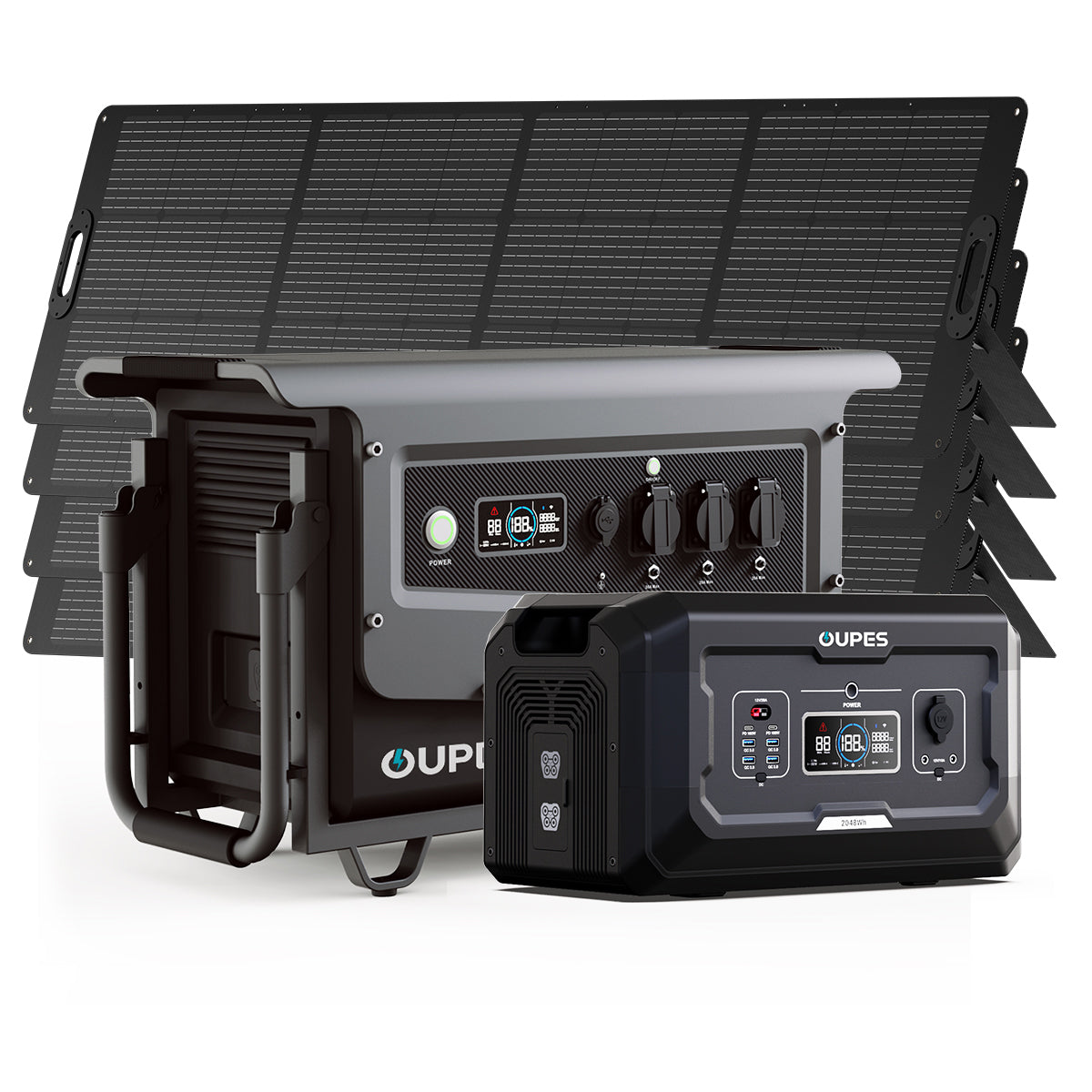
Introduction
DC-DC chargers are increasingly popular in RVs, marine setups, and off-grid power systems. But are these devices essential for your setup, or just an optional upgrade? This guide explains their purpose and helps you decide if they’re worth the investment.
What Is a DC to DC Charger?
A DC-DC charger is a voltage-regulating device that safely transfers power between two batteries (e.g., a vehicle’s starter battery and a leisure battery). Unlike traditional isolators or basic converters, it:
Key Differences
- Adjusts voltage dynamically: Converts 12V alternator output to the precise voltage required by auxiliary batteries.
- Supports multi-stage charging: Delivers bulk, absorption, and float stages for optimal battery health.
Why You Might Need One
Critical Scenarios
- Smart alternator vehicles: Modern vehicles reduce alternator output to save fuel, starving auxiliary batteries without a DC-DC charger.
- Lithium batteries: Requires higher charging voltage (14.4–14.6V) than lead-acid batteries, which standard alternators can’t reliably provide.
- Long cable runs: Compensates for voltage drop over distance to ensure stable charging.
When You Don’t Need a DC to DC Charger
- Older vehicles with basic alternators: If your alternator maintains a steady 13.6–14V output.
- Short trips or small battery banks: For occasional weekend use with lead-acid batteries.
- Standalone solar systems: If you only charge via solar panels, not the alternator.
Benefits of Using a DC to DC Charger
Key Advantages
- Safer charging: Prevents alternator overload and battery damage from voltage spikes.
- Extended battery lifespan: Proper multi-stage charging reduces sulfation in lead-acid batteries.
- Hybrid system optimization: Seamlessly combines alternator and solar charging for faster power recovery.
Conclusion
A DC-DC charger is a worthwhile investment if you have a vehicle with a smart alternator, use lithium batteries, or rely on hybrid solar/alternator charging. For casual users with simple setups, it may be unnecessary. By matching the charger’s specs to your battery type and usage patterns, you’ll ensure efficient power management and avoid costly replacements.

